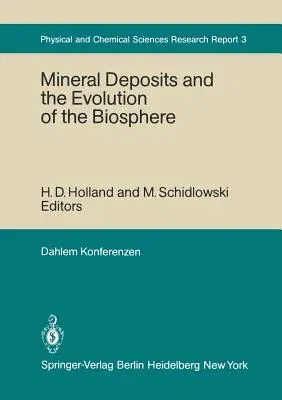A Button
(Author)Mineral Deposits and the Evolution of the Biosphere: Report of the Dahlem Workshop on Biospheric Evolution and Precambrian Metallogeny Berlin 1980, SePaperback - Softcover Reprint of the Original 1st 1982, 7 December 2011

Qty
1
Turbo
Ships in 2 - 3 days
In Stock
Free Delivery
Cash on Delivery
15 Days
Free Returns
Secure Checkout
Part of Series
Dahlem Workshop Report / Physical, Chemical and Earth Scienc
Part of Series
Dahlem Workshop Report
Part of Series
Physical, Chemical and Earth Sciences Research Report
Print Length
334 pages
Language
English
Publisher
Springer
Date Published
7 Dec 2011
ISBN-10
3642684653
ISBN-13
9783642684654
Description
Product Details
Authors:
Book Edition:
Softcover Reprint of the Original 1st 1982
Book Format:
Paperback
Country of Origin:
NL
Date Published:
7 December 2011
Dimensions:
21.01 x
14.81 x
1.85 cm
ISBN-10:
3642684653
ISBN-13:
9783642684654
Language:
English
Location:
Berlin, Heidelberg
Pages:
334
Publisher:
Series:
Weight:
417.3 gm

